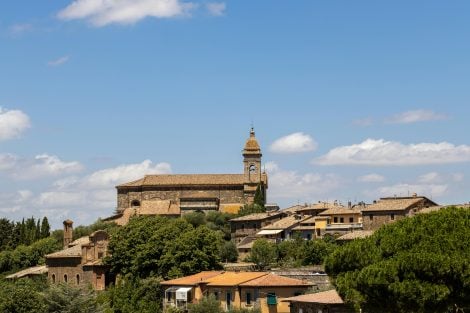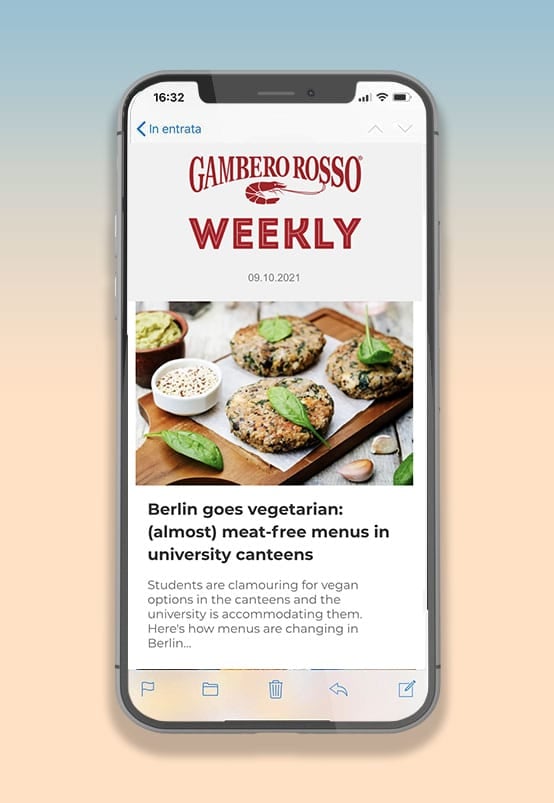The Piemonte Region had already made the announcement at the recent Vinitaly fair: the agri-food sector will have its own promotional brand, which will also include wine products. And part of the wine sector has already responded positively, giving the green light to this new course. Two protection consortia, Roero DOCG and Alta Langa DOCG (the latter also named Piemonte Wine of the Year 2025), were the first toapprove changes to their production specifications, introducing the possibility of including the broader geographical indication “Piemonte” on the label. The green light came unanimously in recent days during shareholders’ meetings, and “soon – as stated by the regional Department of Agriculture – other denominations will follow.”
The goal: to include “Piemonte” in all 60 regional designations
Meetings for many other wine consortia have already been scheduled, explains regional councillor Paolo Bongioanni, and the objective is to approve “by the start of summer the amendment for all 60 designations of origin in Piemonte.” This is a “milestone” that the councillor has pursued since the beginning of his term. However, only the term “Piemonte” will be allowed on the labels, not the full promotional brand name “Eccellenza Piemonte – Piemonte Is.”
EU legislation, in fact, prevents the inclusion of brands or similar logos on wine labels, but it does allow the use of broader geographical mentions that identify DOC and DOCG wines produced in a clearly defined and bounded territory, such as that of a region. “Our 19 DOCGs and 41 DOCs – says Bongioanni – will become ambassadors of the name Piemonte, making it immediately recognisable and creating a virtuous circle that links wine and territory, full of opportunities.”
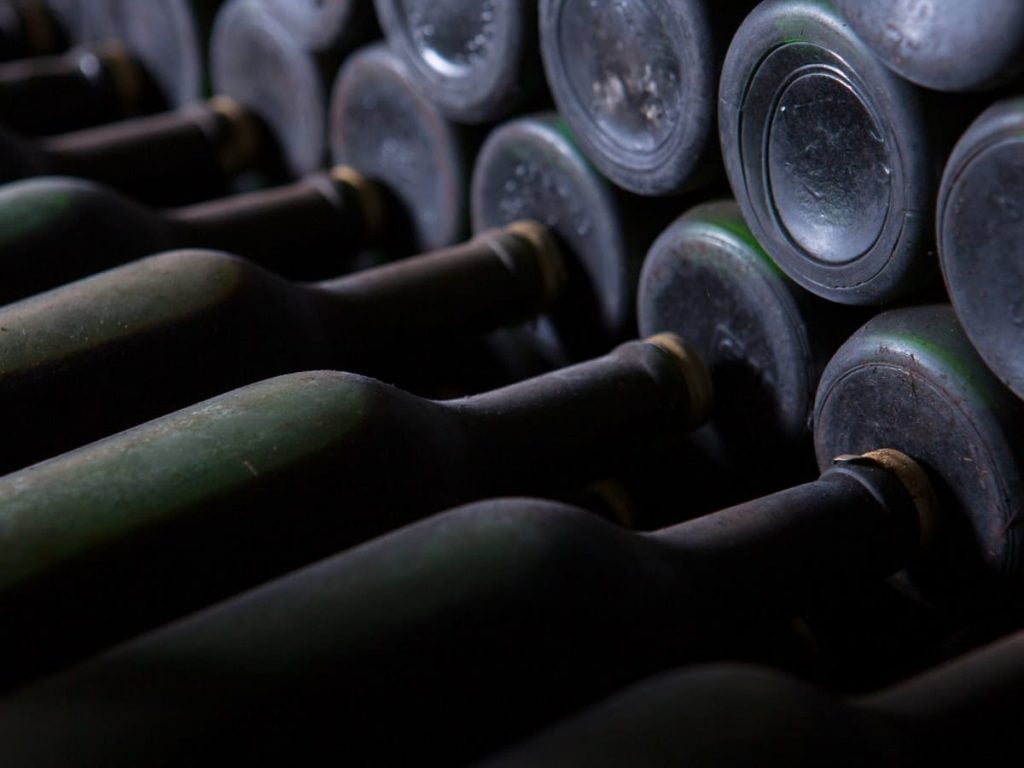
First appearance possible from the 2026 harvest
The new additional “Piemonte” indication is voluntary and not mandatory. From a technical standpoint, the term will appear on wine labels below the designation of origin (for example: Roero DOCG/Arneis), below any cru name, and must not be printed in larger characters than the designation of origin itself.
As for timing, once the amendments to all specifications are approved and collected, they will require the go-ahead from the national wine committee of the Ministry of Agriculture (Masaf). The Piemonte Region estimates that the green light could come “as early as autumn, followed by a ministerial decree.” Consequently, the first labels with the term “Piemonte” will likely be those of the 2026 vintage.
Currently, the protection bodies are assessing the possibility of applying the rule retroactively to wines that have already been produced but not yet bottled, and are currently ageing in cellars, in accordance with various disciplinary guidelines such as those for Barolo, Barbaresco and higher classifications.


 Meet London's panettone maestro
Meet London's panettone maestro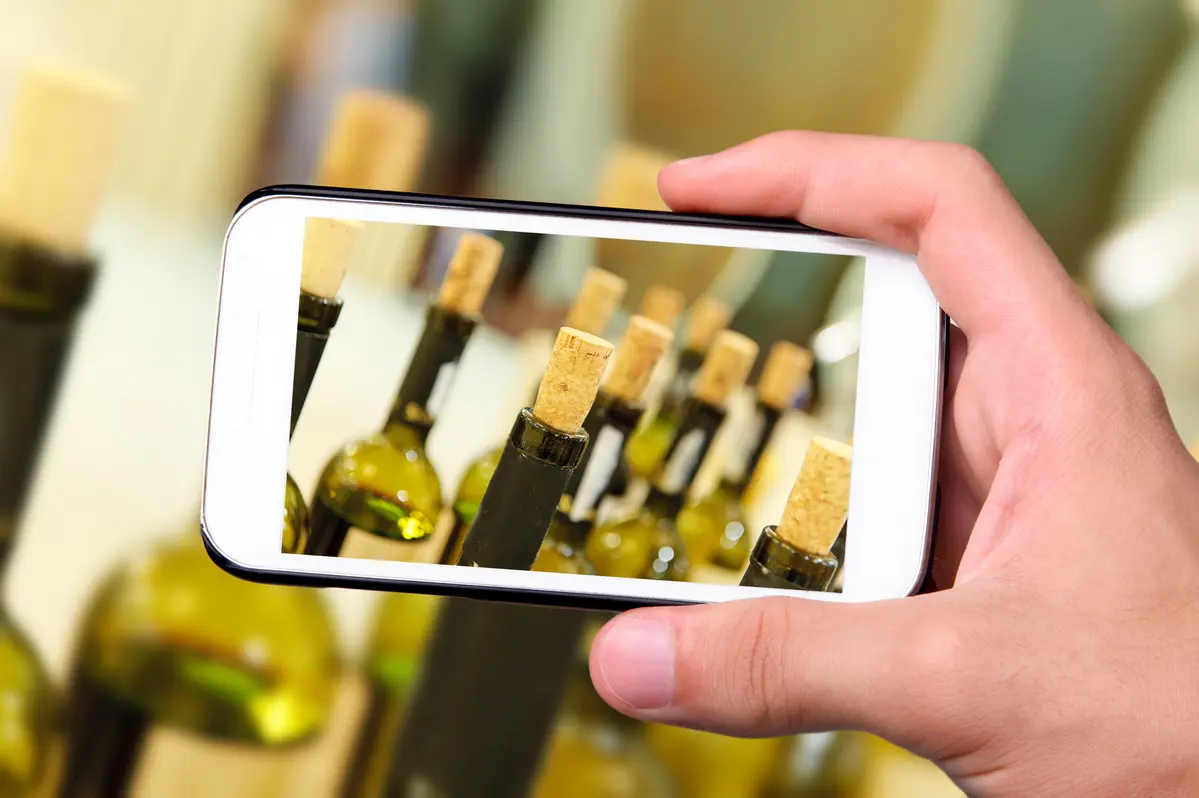 Italian wineries rely on LinkedIn and Instagram for online communication
Italian wineries rely on LinkedIn and Instagram for online communication What does it take to feed the Italian rugby team?
What does it take to feed the Italian rugby team?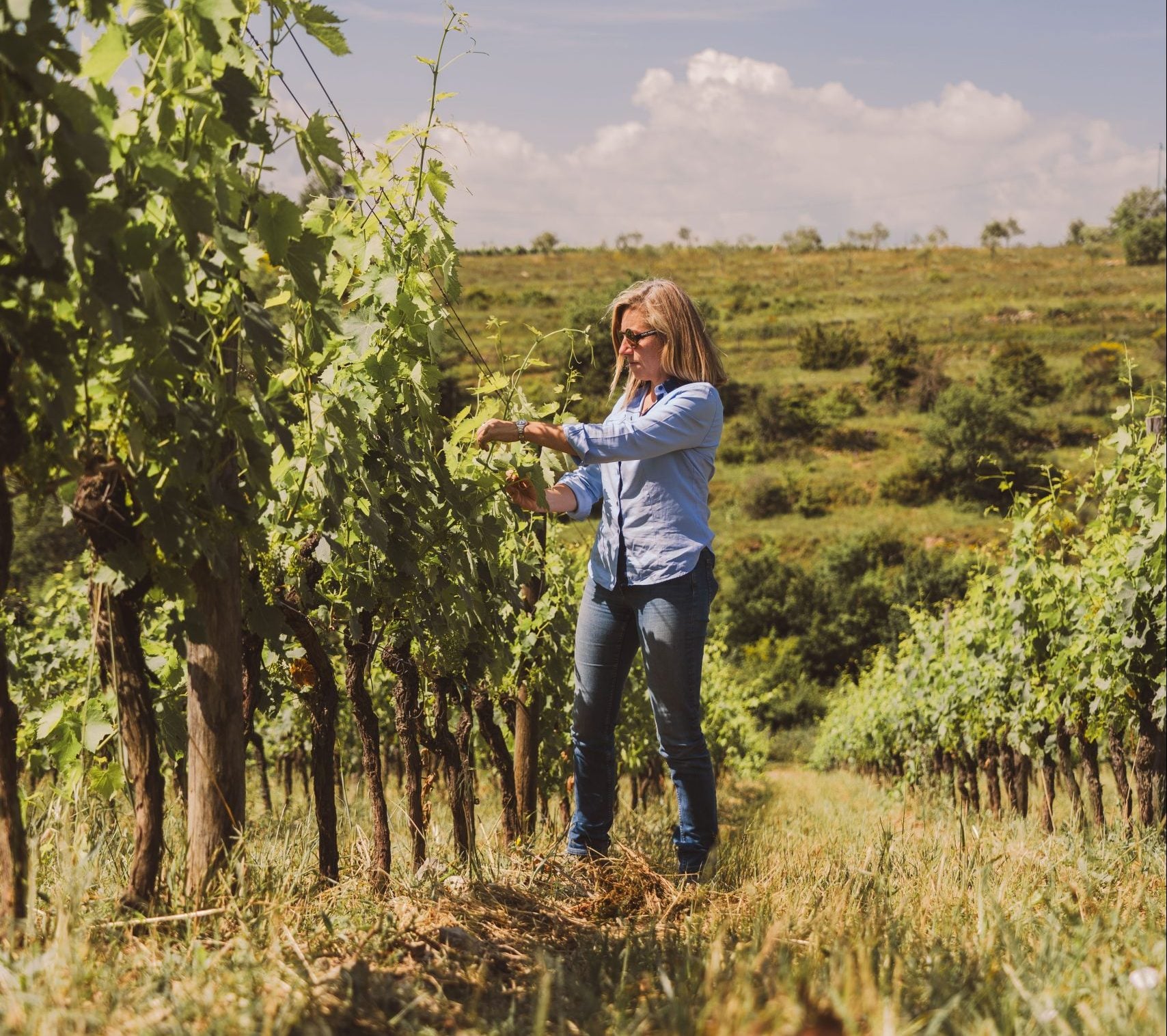 Why it's an organic focus for Bertinga
Why it's an organic focus for Bertinga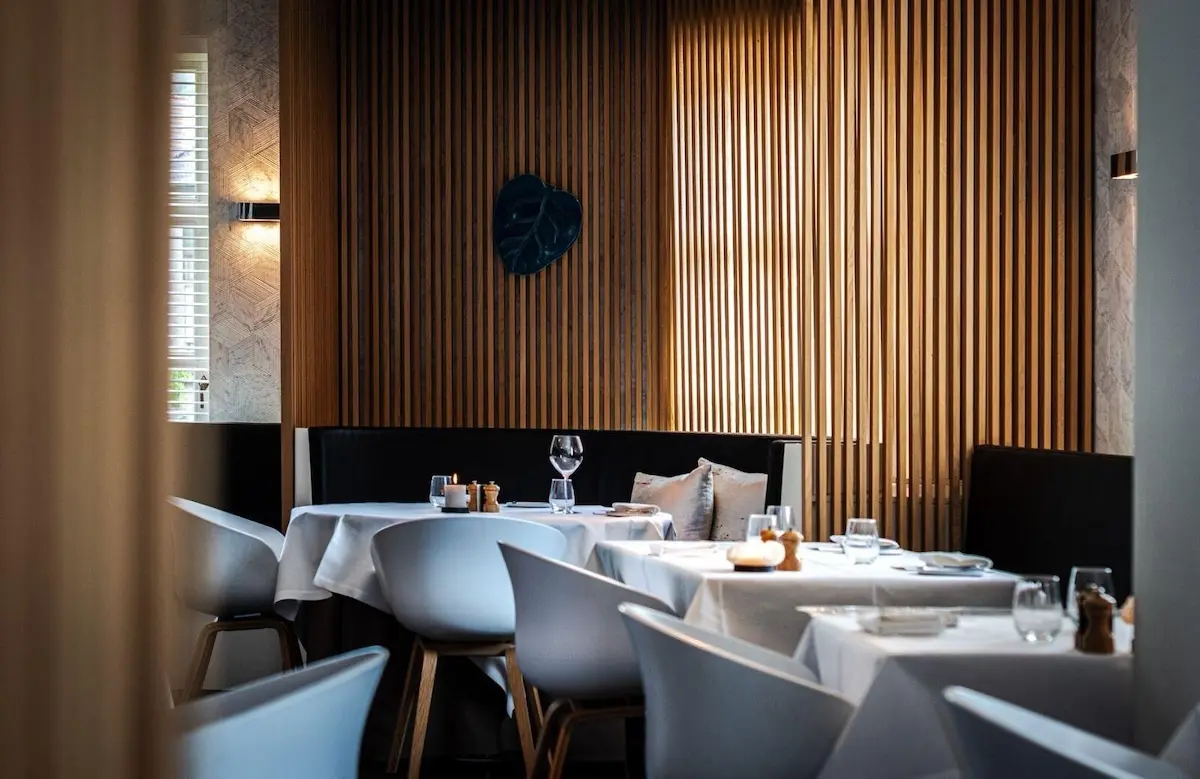 Six of Brussels' best Italian restaurants
Six of Brussels' best Italian restaurants


